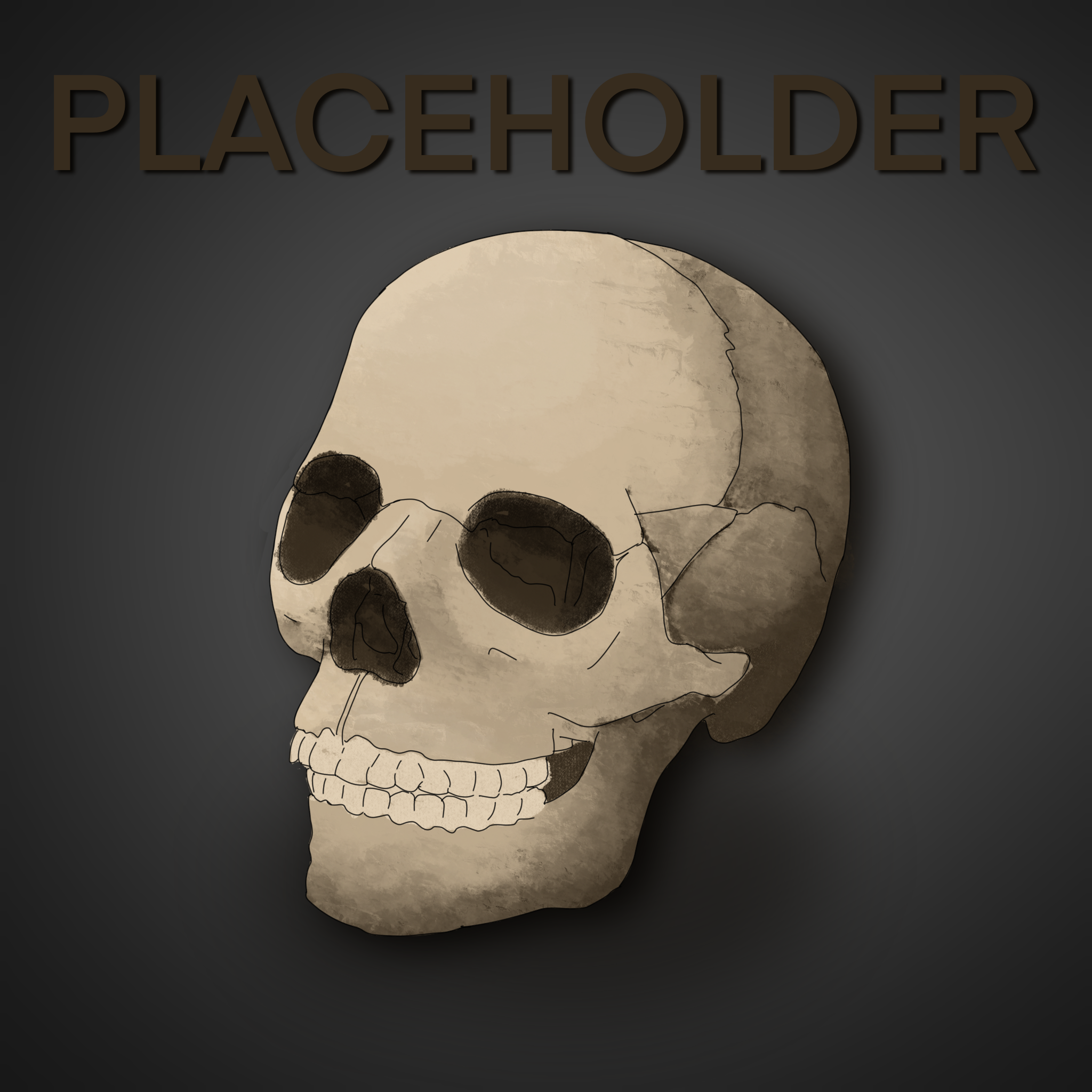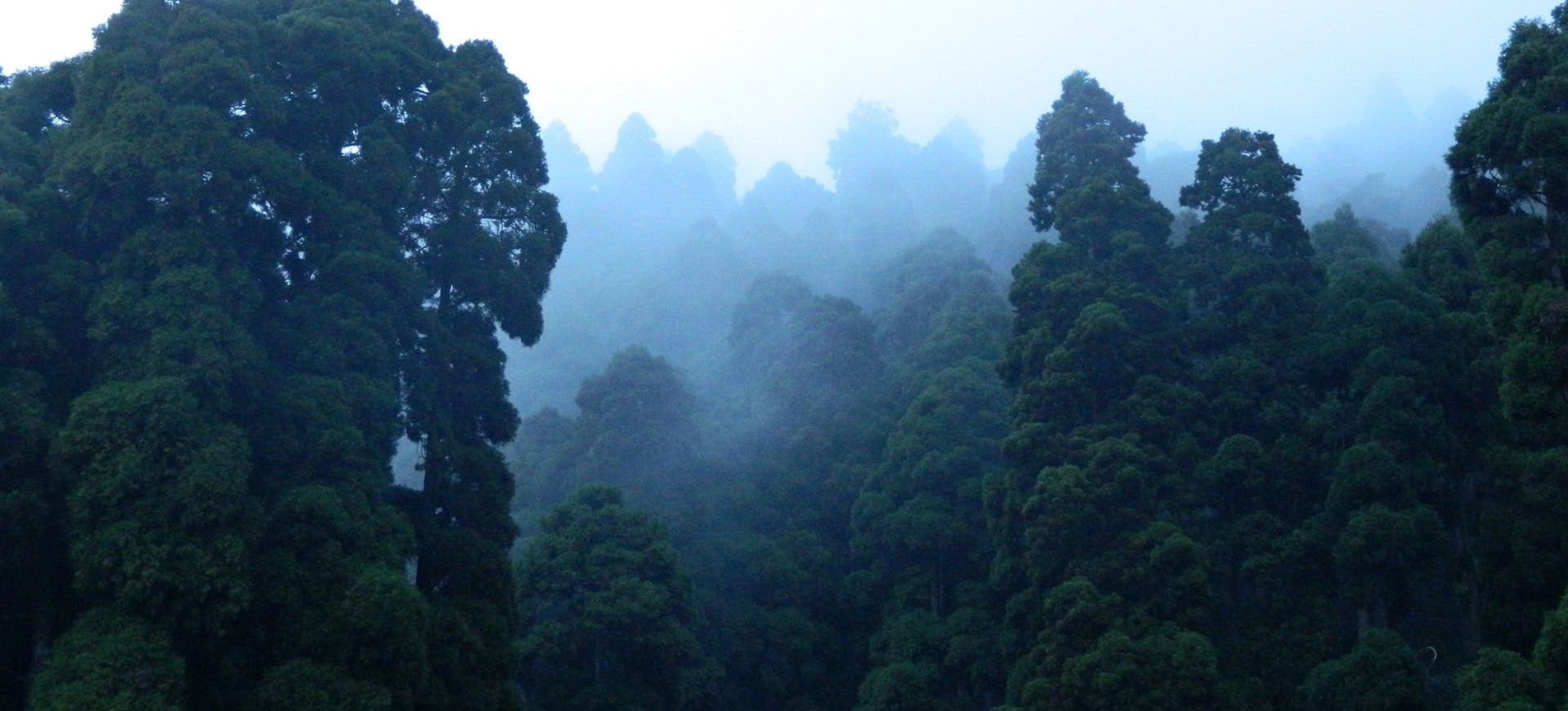Ink Slug
It appears this article is a stub! Alert the author if you'd like to see it expanded.
This article is a work in progress! Expect more content to be added.
This article was created for my Species-A-Day project for 2024! Read more here!
The ink slug is one of incredibly few small species native to the megaforest. Compared to the ten-foot-tall mammals and the six to twelve inch bugs typical of the biome, the ink slugs' incredibly small size has led scientists to believe that the species is not actually originally native to its current grand habitat, though traces of the species or its ancestors have not been found outside of the megaforests.
Anatomy
Named for their inky black colour, ink slugs are mostly amorphous blobs that can barely be considered alive. Their bodies are half a centimetre long, and their brains a mere pinprick that could not be detected by the naked eye. The species spends its life aimlessly wandering the forest floor, eating whatever plant matter and debris that it happens to stumble across. As they move, they excrete an oily, acidic substance that dissolves plant waste, turning into gooey mush that the slug is then capable of consuming.Genetics & Reproduction
The ink slug is capable of asequal reproduction, containing the necessary organs to both lay and fertilise eggs. They are known to lay millions of tiny, spherical eggs that are only a fraction of the species' already small adult size. These eggs take a few days to gestate before hatching, and an ink slug only has about a 0.1% chance of surviving after hatching, due to complications of their hatching. However, due to the incredibly high birth rate of the species, it still does manage to survive.Ecology & Habitat
Though the ink slug is best suited for the climate and environment of the megaforests, it is not incredibly picky about its habitat. It can survive in any environment that is moderately warm year-round, though does require a certain level of moisture in the air, otherwise it will dry up. The species is not eaten by many others, as their small size makes them difficult to pick out, though some insects or small birds will eat the leaves or bark where they lay their eggs in large clusters.
Agnes Placeholder by notahumanhand
Lifespan
8-12 months (assuming it survives birth)
Average Height
0.6 cm
Average Weight
Negligible
Geographic Distribution




Small babies. <3
Explore Etrea | March of 31 Tales